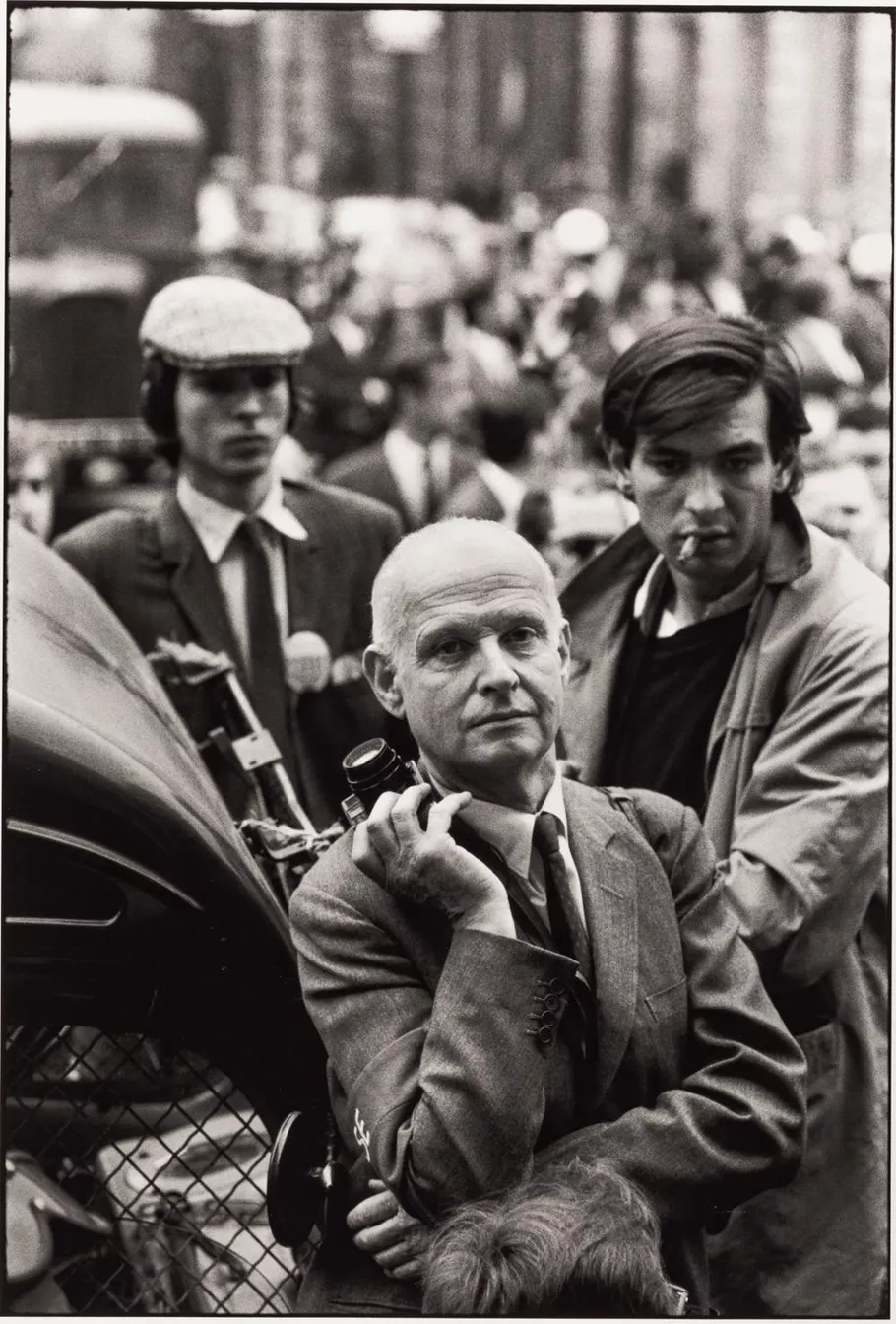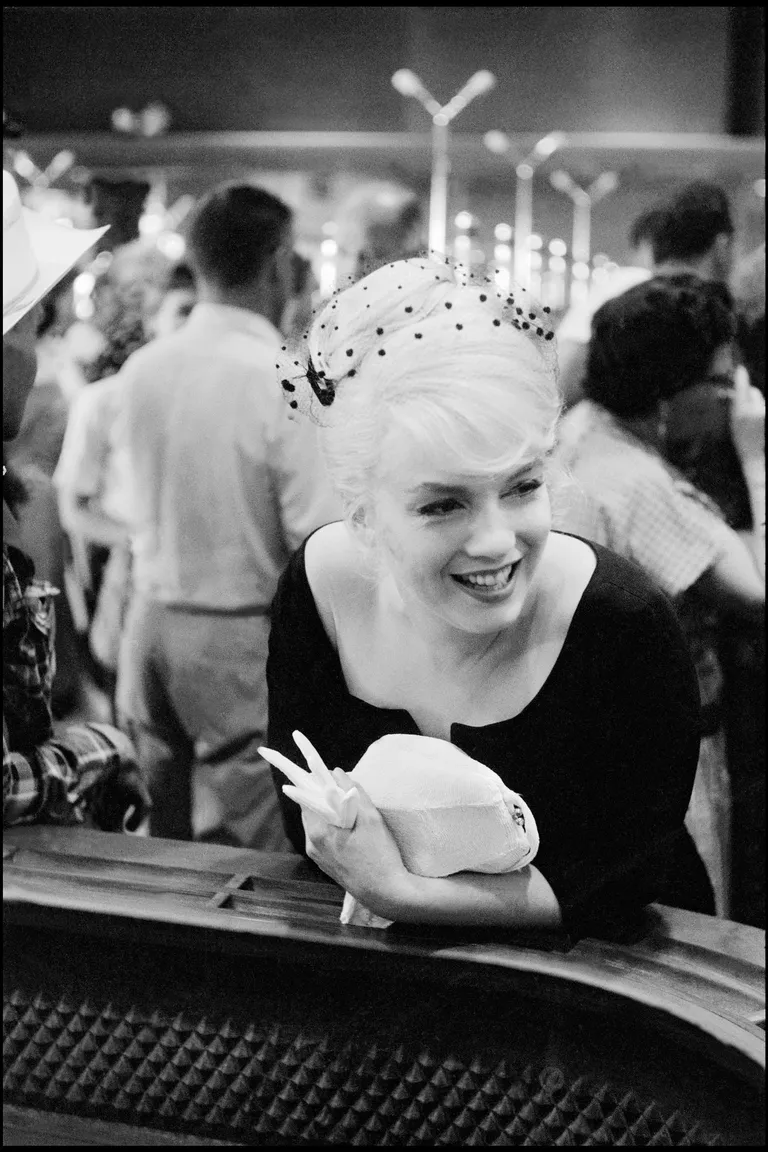
Ingeborg Hermine Morath, born 27 May 1923, was an Austrian photographer. In 1953, she joined the Magnum Photos Agency, founded by top photographers in Paris, and became a full photographer with the agency in 1955.

After studying languages in Berlin, she became a translator, then a journalist and the Austrian editor for Heute, an Information Service Branch publication based in Munich. All her life, Morath would remain a prolific diarist and letter-writer.
She began to photograph during a visit to Venice. "It was instantly clear to me that from now on I would be a photographer", she wrote. "As I continued to photograph I became quite joyous. I knew that I could express the things I wanted to say by giving them form through my eyes." Morath applied for an apprenticeship with Simon Guttman, who was then an editor for Picture Post and running the picture-agency Report. After Morath had spent several months working as Guttman's secretary, she had an opportunity to take photographs. She sold her first photographs - of opening nights, exhibitions, inaugurations, etc. - under the pseudonym "Egni Tharom", her name spelled backwards.
A friend of photographer Ernst Haas, she wrote articles to accompany his photographs and was invited by Robert Capa and Haas to Paris to join the newly founded Magnum agency as an editor and researcher. She began photographing in London in 1951, and joined Magnum Photos as a photographer in 1953. While working on her own first assignments, Morath also assisted Henri Cartier-Bresson during 1953-54, becoming a full member in 1955.
In the following years, Morath traveled extensively in Europe, North Africa and the Middle East. Her special interest in the arts found expression in photographic essays published by a number of leading magazines. After her marriage to playwright Arthur Miller in 1962, Morath settled in New York and Connecticut. She first visited the USSR in 1965. In 1972 she studied Mandarin and obtained a visa to China, making the first of many trips to the country in 1978.
Some of her most important work consists of portraits as well as candid street photography. She was also adept at photographing places: her pictures of Boris Pasternak’s home, Pushkin’s library, Chekhov’s house, Mao Zedong’s bedroom, artists’ studios and cemetery memorials.
Inge Morath died in New York City on 30 January 2002, aged 78. The book Last Journey (2002), and Strasseger's film Grenz Räume (Border Space, 2002), document Morath's visits to her homeland during the final years of her life.
Reading Recommendations & Content Considerations
Inge Morath Inge Morath

















































































































Comments